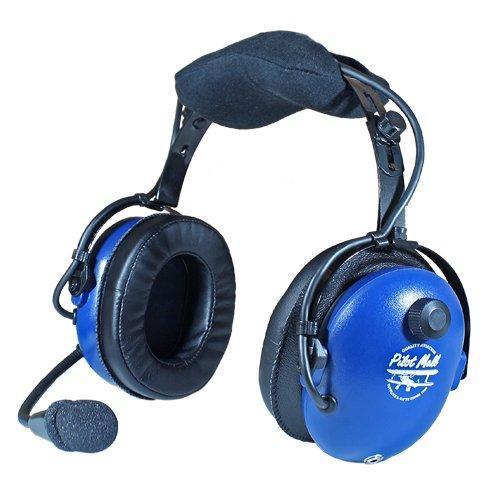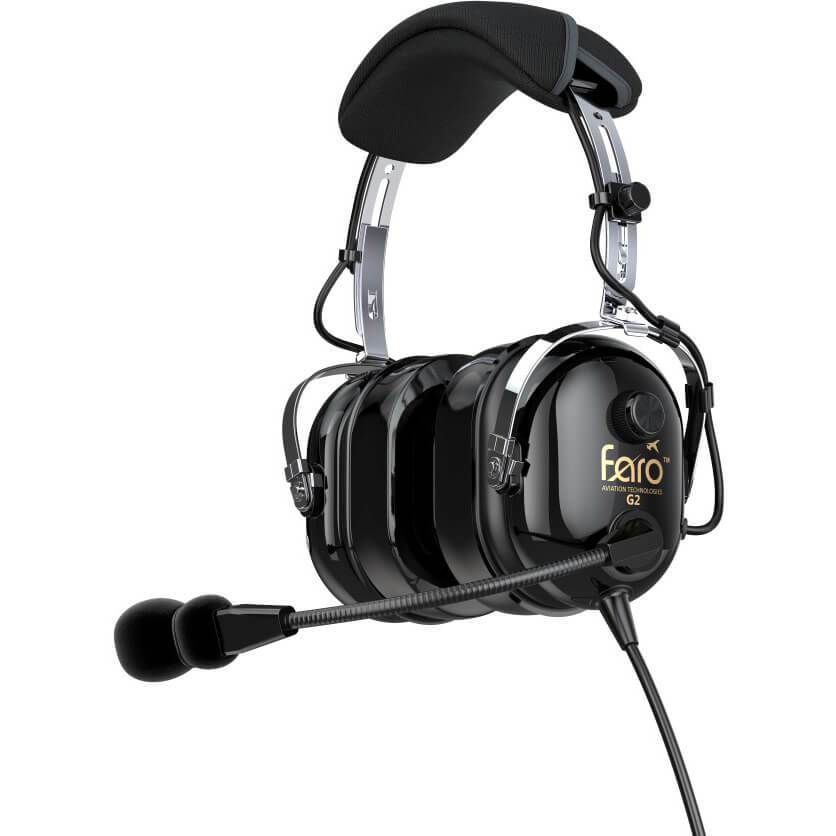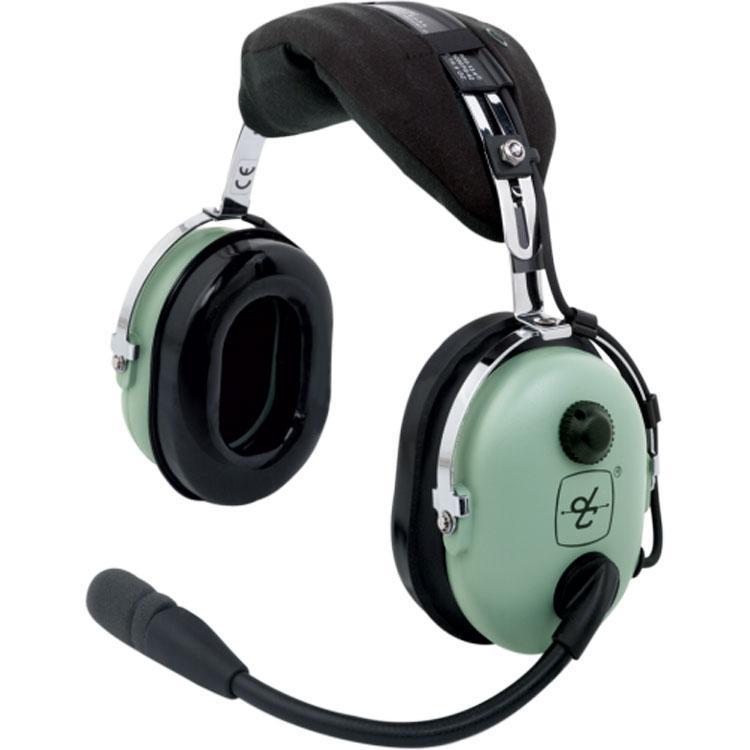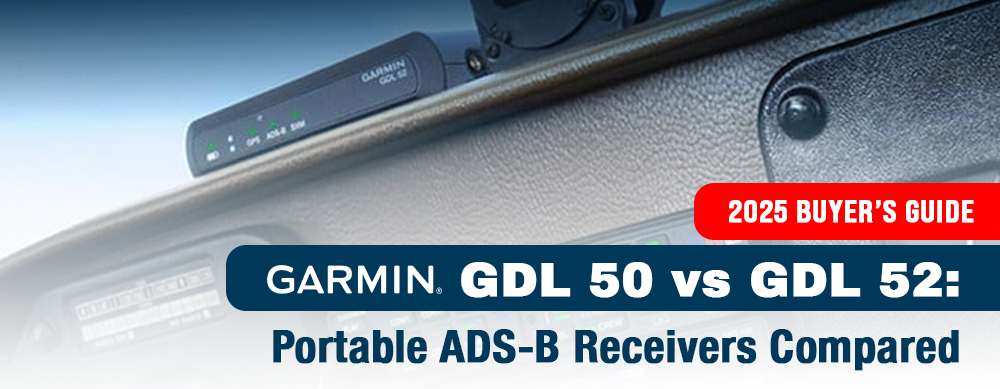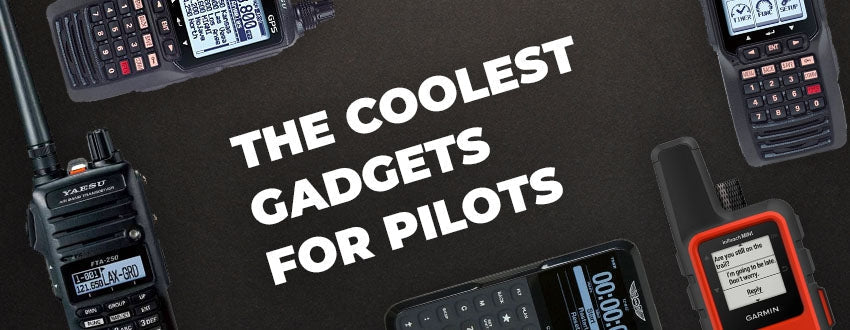Escolher o fone de ouvido de aviação certo é uma decisão importante para qualquer piloto. Como pilotos, queremos conforto, clareza e confiabilidade. Além desses três fatores, queremos que o fone de ouvido se encaixe em nosso orçamento.
Os headsets passivos de aviação fornecem uma solução direta, acessível e confiável para ruídos de cockpit. Eles garantem que você tenha comunicações claras e confortáveis.
Vamos dar uma olhada no que você deve ter em mente ao procurar seu próximo fone de ouvido passivo para aviação.
RESUMO
-
Fones de ouvido passivos bloqueiam o ruído usando barreiras físicas.
-
Recursos de conforto, como designs leves e protetores auriculares com enchimento de gel.
-
As opções de Bluetooth acrescentam versatilidade para pilotos que precisam de conectividade sem fio.
-
Escolha um fone de ouvido que equilibre preço, recursos e garantia.

O que são fones de ouvido passivos para aviação?
Fones de ouvido passivos para aviação usam materiais físicos de bloqueio de ruído, como espuma e acolchoamento, para reduzir os sons ambientes na cabine.
Isso os diferencia dos headsets de redução ativa de ruído (ANR), já que eles não dependem de componentes eletrônicos para cancelar o ruído. Isso torna esses tipos de headsets mais simples, mais duráveis e, muitas vezes, mais acessíveis.
Vantagens dos fones de ouvido passivos:
- Não são necessárias pilhas, o que reduz o risco de fones de ouvido descarregarem durante o voo.
- Leves e de baixa manutenção, o que os torna ideais para o uso diário.
- Geralmente mais baratos que os fones de ouvido ANR.
Os headsets passivos são excelentes em ambientes silenciosos ou para pilotos preocupados com o orçamento, mas podem não fornecer a mesma redução de ruído em cockpits de alto ruído que os modelos ANR. Então tenha isso em mente.
Tabela de comparação dos melhores headsets passivos para aviação
Aqui está uma rápida olhada em alguns dos fones de ouvido de aviação passivos mais populares, seus recursos e o que os diferencia:
Fone de ouvido |
Preço |
Garantia |
Peso (oz) |
Redução de ruído (dB) |
Características |
Classificação de conforto |
|---|---|---|---|---|---|---|
|
$ 325 |
5 anos |
20 |
24 |
Construção durável, microfone M-1/DC, haste de arame para posicionamento do microfone |
★★★★☆ |
|
$ 391,65 |
5 anos |
16,5 |
23 |
Design leve, microfone com cancelamento de ruído M-7A, haste flexível, vedações de gel para os ouvidos |
★★★★★ |
|
$ 398,45 |
5 anos |
17 |
23 |
Áudio estéreo, microfone M-7A, haste flexível, protetores auriculares de gel, seletor estéreo/mono |
★★★★★ |
|
$ 635 |
5 anos |
8 |
N / D |
Design de descanso na orelha, controles de volume duplos, faixa de cabeça de liga leve |
★★★★☆ |
|
$ 448,20 |
5 anos |
22 |
23 |
Pressão ajustável da faixa de cabeça, controles de volume duplos, haste flexível/de fio |
★★★★☆ |
|
US$ 189,99 |
3 anos |
22 |
26 |
Orelhas de vedação em gel, haste flexível, áudio estéreo, econômico |
★★★★☆ |
|
US$ 199,95 |
Vida |
15.6 |
23 |
Acessível, haste flexível, protetores auriculares de espuma, interruptor estéreo/mono |
★★★☆☆ |
|
$ 140 |
3 anos |
15.9 |
24 |
Leve, haste flexível, vedações de gel para os ouvidos, áudio estéreo |
★★★★☆ |
|
$ 269 |
3 anos |
14.9 |
24 |
Conectividade Bluetooth, haste flexível, vedações de gel para ouvido, bateria com duração de 20 a 25 horas |
★★★★☆ |
|
$ 125 |
3 anos |
15.4 |
24 |
Leve, haste flexível, vedações de gel para os ouvidos, áudio estéreo |
★★★★☆ |
|
$ 200 |
3 anos |
15.9 |
24 |
Leve, haste flexível, vedações de gel para os ouvidos, áudio estéreo |
★★★★☆ |
|
$ 165 |
3 anos |
14.9 |
24 |
Leve, haste flexível, vedações de gel para os ouvidos, áudio estéreo |
★★★★☆ |
|
$ 199 |
3 anos |
15 |
25 |
Fones de ouvido econômicos, haste flexível, protetores auriculares de gel, áudio estéreo |
★★★★☆ |
Notas:
-
Redução de ruído (dB): indica a capacidade do fone de ouvido de atenuar o ruído ambiente.
-
Classificação de conforto: com base em avaliações de usuários e recursos ergonômicos, classificado com 0 a 5 estrelas.
-
Preço: Preço de varejo aproximado em novembro de 2024; os preços reais podem variar.

Opções de Bluetooth e sem fio em fones de ouvido passivos
Embora os headsets passivos tenham tradicionalmente focado na simplicidade, alguns agora incluem recursos sem fio como Bluetooth. Essas opções podem oferecer muita conveniência para pilotos que desejam integrar seus headsets com dispositivos móveis, sistemas de GPS ou outras ferramentas de cockpit.
Prós dos fones de ouvido passivos Bluetooth:
- Conectividade viva-voz para chamadas e música.
- Menos confusão de cabos no cockpit.
- Compatível com sistemas de aviação modernos.
Contras:
- Pode ser necessário carregar ou usar baterias para a funcionalidade Bluetooth.
- Um pouco mais pesado que os modelos sem Bluetooth.
Alguns modelos que se destacam por serem compatíveis com Bluetooth incluem o Pilot USA Pro Max Passive Headset com Bluetooth , que combina a confiabilidade da redução passiva de ruído com recursos sem fio modernos.

Conforto e Ergonomia em Voos Longos
Voar por horas pode cansar até mesmo o piloto mais experiente, então o conforto deve ser uma prioridade ao selecionar um fone de ouvido.
Fatores-chave para conforto:
- Peso: fones de ouvido mais leves reduzem a fadiga do pescoço e da cabeça durante voos longos.
- Acolchoamento: almofadas auriculares e faixas de cabeça de alta qualidade distribuem a pressão uniformemente, evitando pontos doloridos.
- Ajuste: Os designs ajustáveis garantem um ajuste confortável sem pressão de fixação excessiva.
Headsets como o David Clark H10-13.4 se destacam por seu design leve e ergonômico. Essas são as razões pelas quais David Clark é o favorito entre os pilotos que voam rotas longas.

Desempenho de redução de ruído passivo: o que esperar
Esses fones de ouvido fornecem redução de ruído eficaz ao criar uma vedação física ao redor das orelhas. No entanto, seu desempenho pode variar com base nos níveis de ruído da cabine e no design do fone de ouvido.
Dicas para avaliar a redução de ruído:
- Teste o fone de ouvido em um ambiente de cabine simulado para avaliar sua eficácia.
- Compare as classificações de decibéis (dB) entre os modelos para identificar a opção com maior bloqueio de ruído.
- Procure recursos adicionais, como protetores auriculares de camada dupla, que melhoram o isolamento de ruído.
Embora fones de ouvido passivos como o David Clark H10-30 tenham um bom desempenho em cabines mais silenciosas, eles podem ter dificuldades em ambientes mais barulhentos, como helicópteros ou aeronaves mais antigas.

Perguntas frequentes
-
Qual é a diferença entre fones de ouvido de aviação passivos e ativos?
Os fones de ouvido passivos bloqueiam o ruído fisicamente, enquanto os fones de ouvido ativos usam componentes eletrônicos para cancelar o som. -
Fones de ouvido passivos são adequados para cockpits barulhentos?
Eles funcionam bem em ambientes moderadamente barulhentos, mas podem não ser compatíveis com fones de ouvido ANR para ruído extremo. -
Os fones de ouvido passivos vêm com Bluetooth?
Alguns modelos, como o Pilot USA Pro Max, incluem Bluetooth para maior conveniência. -
Como faço a manutenção de um fone de ouvido de aviação passivo?
Limpe as almofadas auriculares regularmente, guarde-as em um estojo protetor e verifique se há desgaste nas vedações e nas faixas de cabeça. -
Qual é a vida útil média de um fone de ouvido passivo?
Com os devidos cuidados, a maioria dos fones de ouvido passivos duram de 5 a 10 anos ou mais. -
Existem versões estéreo disponíveis para fones de ouvido passivos de aviação?
Sim, muitos fones de ouvido passivos, incluindo o David Clark H10-13S, oferecem versões estéreo, permitindo que os pilotos desfrutem de maior clareza de som e uma experiência de áudio mais envolvente. -
Os fones de ouvido passivos para aviação têm controles de volume duplos?
Sim, alguns modelos, como o Pilot USA PA-1181T, apresentam controles de volume duplos, permitindo que os pilotos ajustem os níveis de áudio de forma independente para cada ouvido, garantindo um equilíbrio sonoro personalizado. -
Existem fones de ouvido passivos adequados para pilotos de helicóptero?
Sim, há várias variantes de headsets passivos de aviação, incluindo versões para helicópteros, disponíveis. Esses modelos são projetados especificamente para os perfis de ruído exclusivos em aeronaves de asa rotativa. -
Todos os fones de ouvido passivos vêm com garantia?
A maioria dos fones de ouvido passivos para aviação, como o fone de ouvido David Clark, vem com garantias que variam de 3 a 5 anos, proporcionando tranquilidade aos compradores.
Remover
Fones de ouvido passivos para aviação são uma ótima escolha para pilotos que querem conforto e confiabilidade acessíveis. Eles bloqueiam o ruído da cabine com materiais simples como espuma e estofamento. Eles são duráveis e fáceis de manter.
Escolha um fone de ouvido leve com boa redução de ruído e recursos como vedações de ouvido em gel ou Bluetooth. Não tenha pressa, compare as opções e encontre a que melhor se adapta às suas necessidades e ao seu orçamento.
Bom voo!
Interessado em mais equipamentos de aviação?
Nossos guias foram projetados para ajudar!
-
Comparação de fones de ouvido ANR: qual oferece o melhor custo-benefício?
-
As 8 melhores jaquetas bomber (autênticas) para homens em 2024
-
Melhores pranchas de piloto: encontre o ajuste certo para cada cockpit
-
Guia do piloto para os melhores óculos de sol para conforto dos olhos
Você achou este artigo útil?
Você acha que esquecemos de uma pergunta importante da entrevista? Deixe-nos saber nos comentários abaixo!


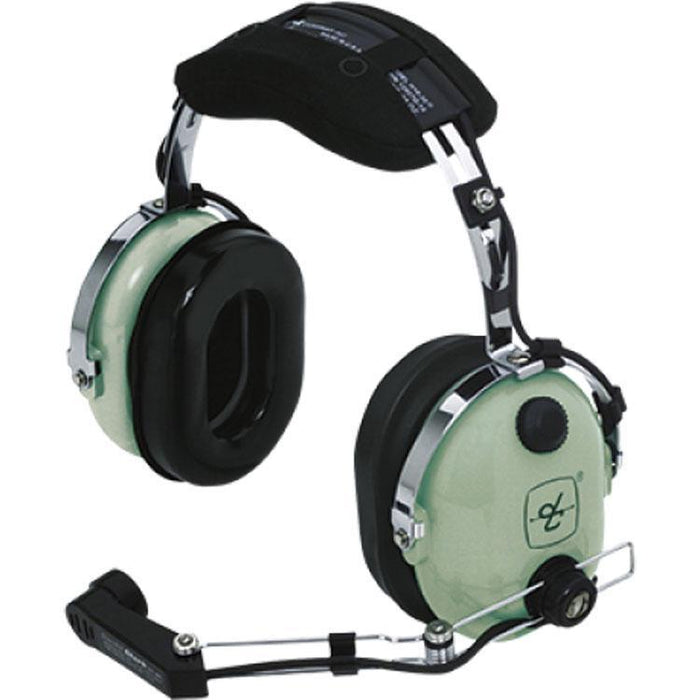 Fone de ouvido passivo David Clark H10-30
Fone de ouvido passivo David Clark H10-30 Fone de ouvido passivo mono David Clark H10-13.4
Fone de ouvido passivo mono David Clark H10-13.4 Fone de ouvido passivo David Clark DC PRO-2
Fone de ouvido passivo David Clark DC PRO-2 Fone de ouvido passivo David Clark H10-60
Fone de ouvido passivo David Clark H10-60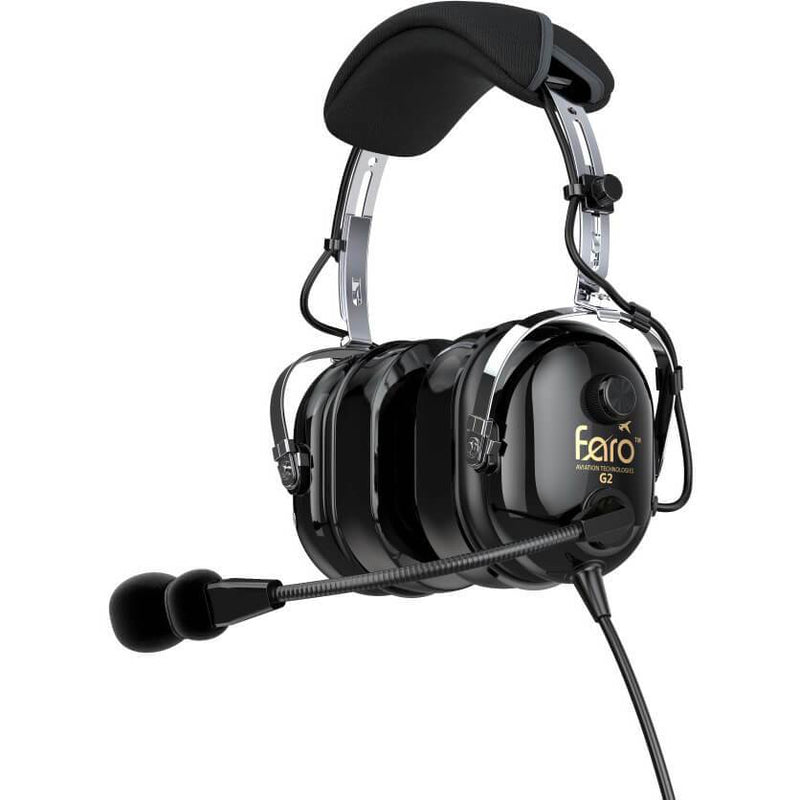 Faro G2 Fone de ouvido passivo
Faro G2 Fone de ouvido passivo Fone de ouvido passivo ASA AirClassics HS-1A
Fone de ouvido passivo ASA AirClassics HS-1A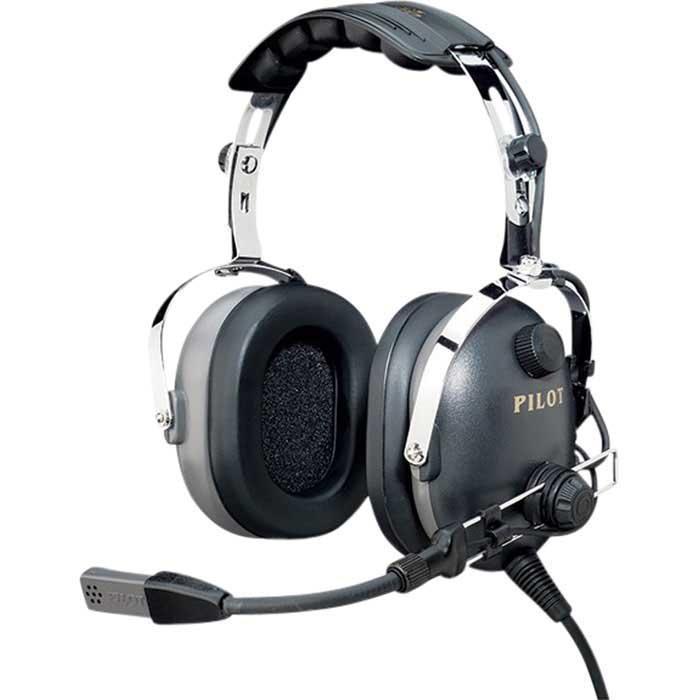 Pilot USA PA-1169T Fone de ouvido passivo
Pilot USA PA-1169T Fone de ouvido passivo Fone de ouvido passivo Pilot USA Pro Max com Bluetooth
Fone de ouvido passivo Pilot USA Pro Max com Bluetooth Pilot USA 1161 Fone de ouvido passivo
Pilot USA 1161 Fone de ouvido passivo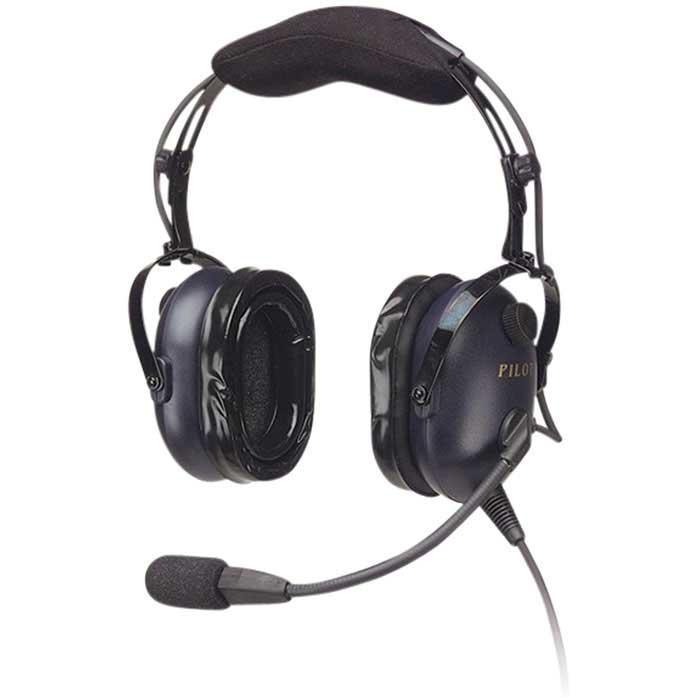 Pilot USA PA-1181T Fone de ouvido passivo
Pilot USA PA-1181T Fone de ouvido passivo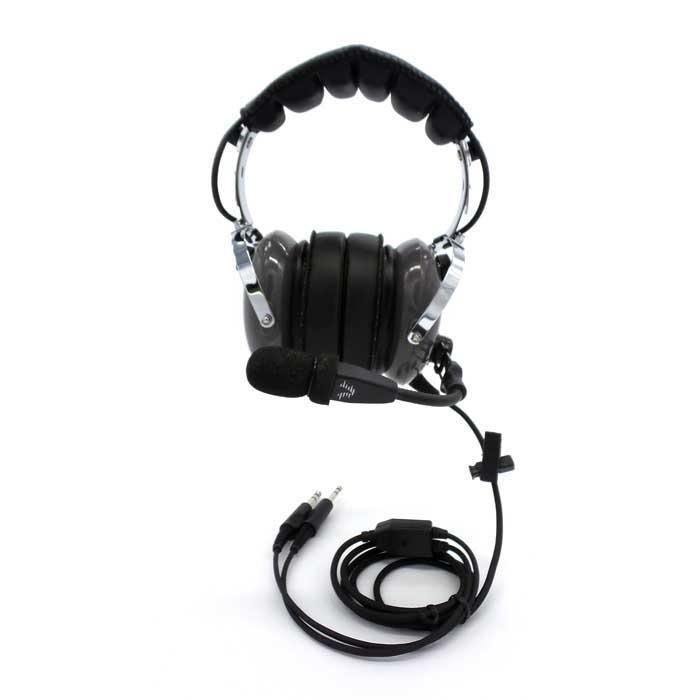 Pilot USA PA-1171T Fone de ouvido passivo
Pilot USA PA-1171T Fone de ouvido passivo